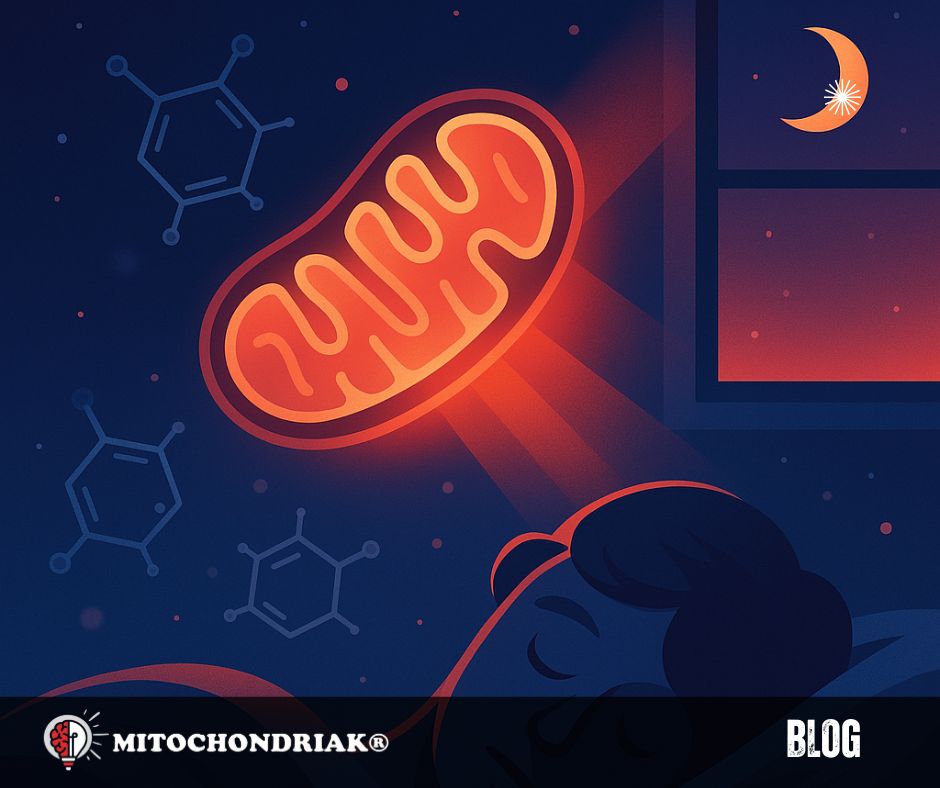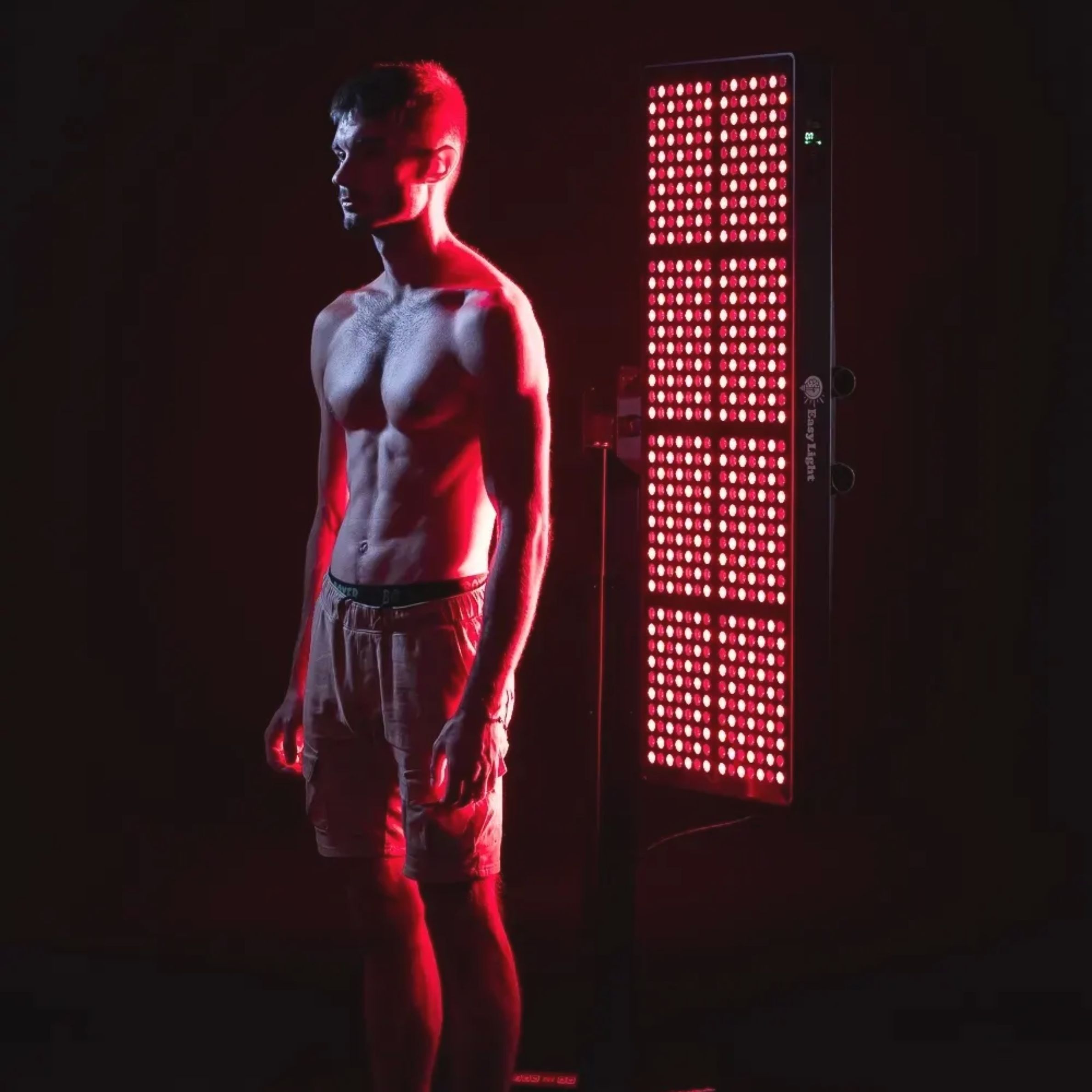How to Sleep Better? 7 Proven Tips
Looking for a way to sleep better? You’ve just found it. We’ve prepared 7 practical and proven tips to improve your sleep for free.

How sleep works (in brief)
Sleep is governed by our internal clock – the circadian rhythm. It is driven mainly by light. This means morning daylight kind of “resets” our internal clock, while evening darkness and minimal blue light after sunset “confirm” and stabilise its period. Enough daylight and enough darkness at night form an important biological cycle, thereby regulating melatonin, the circadian rhythm and our sleep.
Melatonin: the “hormone of darkness”, yet in fact a hormone of light produced by mitochondria
Melatonin isn’t just a “sleeping pill”. It helps regulate the circadian rhythm, lowers the stress hormone cortisol, and supports renewal of cells and mitochondria; it is also produced directly in mitochondria (not only in the pineal gland). That’s why daytime light exposure and gentle evening light influence sleep quality; with appropriate use of red/NIR light, studies have shown improved sleep quality and increased melatonin. [2]
The most common mistakes that make us sleep worse (and you should avoid):
- Too much blue light before bed (phones, TV, bright LEDs) = your brain “thinks” it’s daytime.
- Caffeine late in the afternoon and heavy meals late at night = they delay the natural rise of melatonin.
- Inconsistent schedule = chaos in bedtimes/wake times.
- Mouth breathing/snoring = interrupted, shallow sleep; a simple mouth tape and proper daytime breathing habits can help.
- Light and too many evening stimuli = harder to fall asleep. Avoid excessive stimulation and doom-scrolling before bed…
Practical (FREE) 7 tips for every day
- Morning sun 5–15 min: go outside as soon as possible after waking (without sunglasses), in any weather. Combine it with a short walk and you get two in one.
- Caffeine cut-off: after 12:00, skip coffee/energy drinks.
- Last meal 3–4 hours before bed: melatonin rises more easily and you’ll fall asleep faster.
- Evening “digital detox”: 90–120 min before bed, dim all screens (ideally switch them off). If you need light, choose dim warm/red lighting. A “hard-core” option for the keen: blue-blocking glasses.
- Consistent schedule: go to bed and wake up at roughly the same time, even on weekends. Your circadian rhythm loves consistency.
- Nasal breathing: train nose breathing; consider simple breath exercises during the day. Combine it with the morning walk and you’ve just hit three birds with one stone.
- Air out and cool the bedroom: The room you sleep in should be slightly cool (about 19–20 °C) and well ventilated. Your mitochondria will work better.
- Optional – red/NIR light: If you spend little time in sunlight, consider red-light therapy. Even 5–10 minutes a day may promote relaxation and melatonin.
Sources, studies and used literature:
- Chang AM et al. Evening use of light‑emitting eReaders negatively affects sleep. PNAS, 2015: https://www.pnas.org/doi/10.1073/pnas.1418490112
- Zhao J et al. Red light and the sleep quality and melatonin in athletes. 2012: https://pubmed.ncbi.nlm.nih.gov/23182016/
- Gooley JJ et al. Exposure to room light before bedtime suppresses melatonin. J Clin Endocrinol Metab, 2011: https://pmc.ncbi.nlm.nih.gov/articles/PMC3047226/
- Phillips AJK et al. High sensitivity to evening light: 50% melatonin suppression at <30 lux. PNAS, 2019: https://www.pnas.org/doi/10.1073/pnas.1901824116
.png)

.jpg)
.jpg)